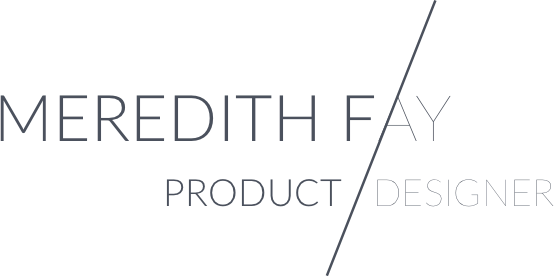If you’re looking for a solid resource to learn the fundamentals of user experience design, Jesse James Garrett’s The Elements of User Experience lays out an easily digestible, multi-level process for designers of all levels to follow. It’s basically the project management guide to UX design. Garrett breaks the design process down into five elements, or planes, that if completed sequentially while following a user-focused strategy throughout, will result in a final product that fulfills its goals and the needs of users.
He evens provides a visually comprehensible representation of the planes to guide readers along as he delves into each element. Each plane appears to seamlessly flow from one to the next, but I’m sure in practice there’s a lot of overlap and revisiting planes to rethink certain design decisions. Check it out below…
There’s a lot of useful content to absorb in this book, but here are a few snippets of wisdom I found particularly useful for following an effective UX design process:
1. “Strategy should be the beginning of your user experience design process, but that doesn't mean your strategy must be set in stone before the project can move forward.”
Just like 5th grade history class where you had to develop an outline before writing the paper on President Roosevelt, you need to have a solid strategy in place before you dive into the user experience design process. This strategy should serve as your roadmap, guiding you through each of the five planes. Guide is the key word here, meaning it’s ok if the strategy evolves and adapts as the design process progresses. Since each plane is dependent on the previous one, the strategy needs to be flexible enough so if something changes in the Structure Plane you’re not stuck in the Skeleton Phase trying to work around the original plan.
2. “The elements that are hardest to see - the strategy, scope, and structure of the product - play the most important role in the success or failure of the user experience.”
Focusing on the visual design of a product, the surface and skeleton planes, can be tempting since this is what users are immediately presented with when interacting with a product, but it’s important to lay a solid foundation before delving into the front-facing parts of a product’s design. A breakdown or missed step in a prior phase can have a detrimental, cascading effect on the phases that follow. A busy layout that overwhelms can turn a user off so quickly despite the hours choosing the perfect color scheme. Similarly, a logical and flexible information architecture won’t matter if the navigation design doesn’t jive with how a user wants to move around the site. As the designer, you need to look beyond the functional and the aesthetic and ensure all aspects of the user’s experience with your product are accounted for and intentionally designed.
3. "We can't meet both sets of user needs with a single solution. Our options at this point are to focus on one user segment to the exclusion of the other, or to provide two separate ways for users to approach the same task."
There is no perfect design. I’ll rephrase this another way, there will always be identifiable pain points because users are not created equal. A great solution for you may not work for someone else. Since it’s impossible to cater to everyone, it’s important to pinpoint the users you want to reach and solve for their needs. This is where user research majorly comes into play. Garrett also points out that you can’t depend on your users to explicitly tell you what they need because they often have no idea. It’s up to you as the designer to anticipate, identify and understand their needs.

